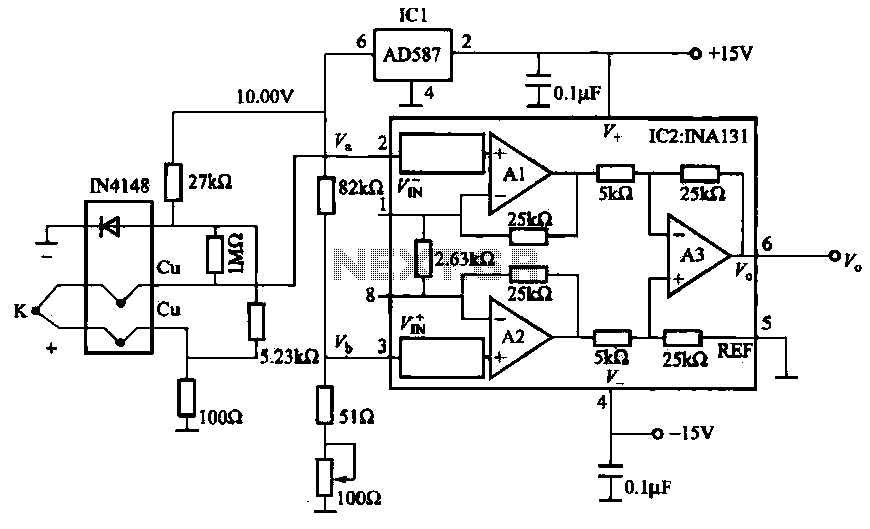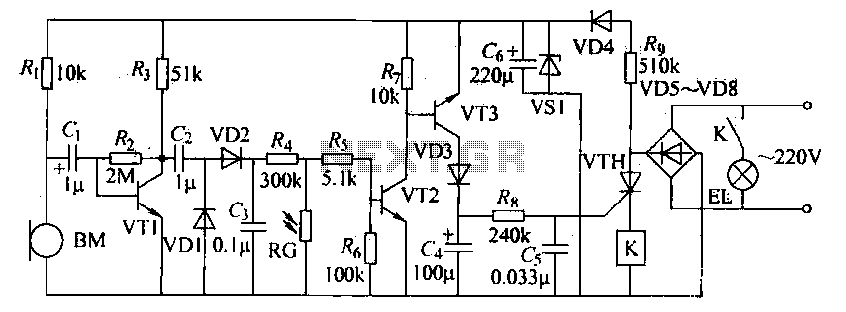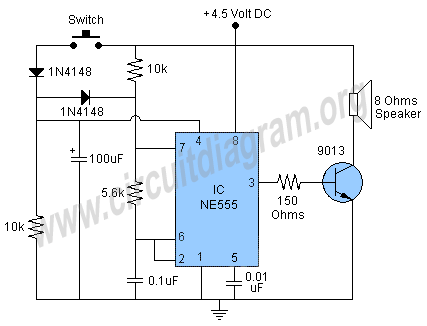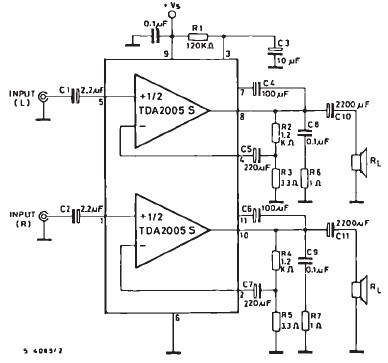
Ni-Cd Battery Charger Super Fast Circuit
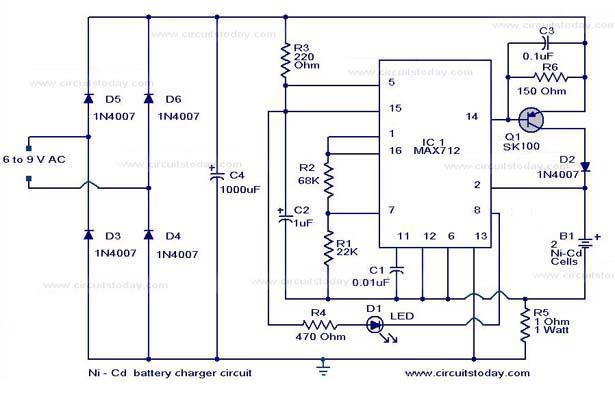
The following circuit illustrates a super fast Ni-Cd battery charger. It is based on the IC MAX 712 and is designed to charge a Ni-Cd battery at a rate of 300 mA.
The circuit utilizes the MAX 712 integrated circuit, which is specifically designed for charging Ni-Cd batteries efficiently. The MAX 712 features a precision voltage regulation system that ensures optimal charging of the batteries while preventing overcharging, which can lead to battery damage. The charging current of 300 mA is suitable for standard Ni-Cd batteries, allowing for a rapid charge cycle while maintaining battery health.
The circuit typically includes additional components such as resistors, capacitors, and diodes to support the functionality of the MAX 712. The input voltage is usually supplied from a transformer or a wall adapter, which is then rectified and filtered to provide a stable DC voltage to the charging circuit.
The MAX 712 monitors the battery voltage and adjusts the charging current accordingly, ensuring that the battery is charged to its full capacity without exceeding safe voltage limits. Furthermore, a temperature sensor may be integrated into the circuit to provide additional protection by interrupting the charging process if the battery temperature exceeds a predetermined threshold.
For practical implementation, it is essential to follow the manufacturer's guidelines for component selection and PCB layout to minimize noise and interference, which can affect charging efficiency. Overall, this circuit design offers a robust solution for fast charging of Ni-Cd batteries, making it suitable for various applications where quick battery turnaround is necessary.The following circuit shows about Ni-Cd Battery Charger Super Fast Circuit. Features: based on the IC MAX 712, Ni-Cd battery at 3oomA, charging .. 🔗 External reference
The circuit utilizes the MAX 712 integrated circuit, which is specifically designed for charging Ni-Cd batteries efficiently. The MAX 712 features a precision voltage regulation system that ensures optimal charging of the batteries while preventing overcharging, which can lead to battery damage. The charging current of 300 mA is suitable for standard Ni-Cd batteries, allowing for a rapid charge cycle while maintaining battery health.
The circuit typically includes additional components such as resistors, capacitors, and diodes to support the functionality of the MAX 712. The input voltage is usually supplied from a transformer or a wall adapter, which is then rectified and filtered to provide a stable DC voltage to the charging circuit.
The MAX 712 monitors the battery voltage and adjusts the charging current accordingly, ensuring that the battery is charged to its full capacity without exceeding safe voltage limits. Furthermore, a temperature sensor may be integrated into the circuit to provide additional protection by interrupting the charging process if the battery temperature exceeds a predetermined threshold.
For practical implementation, it is essential to follow the manufacturer's guidelines for component selection and PCB layout to minimize noise and interference, which can affect charging efficiency. Overall, this circuit design offers a robust solution for fast charging of Ni-Cd batteries, making it suitable for various applications where quick battery turnaround is necessary.The following circuit shows about Ni-Cd Battery Charger Super Fast Circuit. Features: based on the IC MAX 712, Ni-Cd battery at 3oomA, charging .. 🔗 External reference
